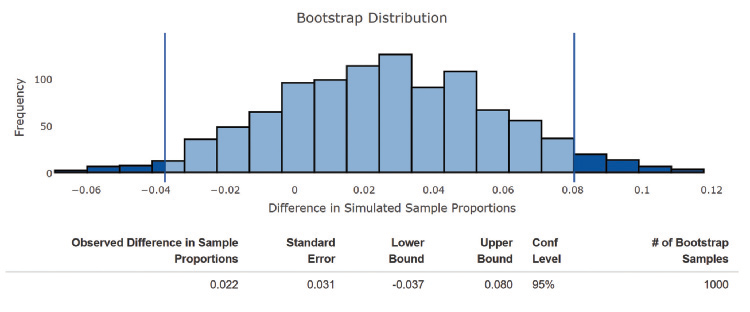The report ?The 2016 Inside Higher Ed Survey of Faculty Attitudes on Technology? (insidehighered.com /booklet/2016-survey-faculty-attitudes-technology, retrieved December
Question:
The report ?The 2016 Inside Higher Ed Survey of Faculty Attitudes on Technology? (insidehighered.com /booklet/2016-survey-faculty-attitudes-technology, retrieved December 14, 2016) describes the results of a survey of 1129 full-time college faculty and 293 part-time college faculty. Survey participants were asked if they require undergraduate students to submit papers through plagiarism-detection software; 40% of the full-time faculty and 38% of the part-time faculty said ?yes.? Notice that the sample sizes for the two groups?full-time college faculty and parttime college faculty?are large enough to satisfy the conditions for a large-sample test and a large sample confidence interval for a difference in two population proportions. Even though the sample sizes are large, simulation-based methods can still be used.
a. Use the output at the bottom of the page from the Shiny app ?Randomization Test for Two Proportions? to carry out a randomization test to determine if the proportion who require students to submit papers through plagiarism-detection software is different for full-time faculty and part-time faculty.


b. Use the output at the top of the page from the Shiny app ?Bootstrap Confidence Interval for Difference in Two Proportions? to identify a 95% confidence interval for the difference in the population proportions of full-time college faculty and part-time college faculty who require students to submit papers through plagiarismdetection software. Interpret the confidence interval in context.
Step by Step Answer:

Introduction To Statistics And Data Analysis
ISBN: 9781337793612
6th Edition
Authors: Roxy Peck, Chris Olsen, Tom Short





